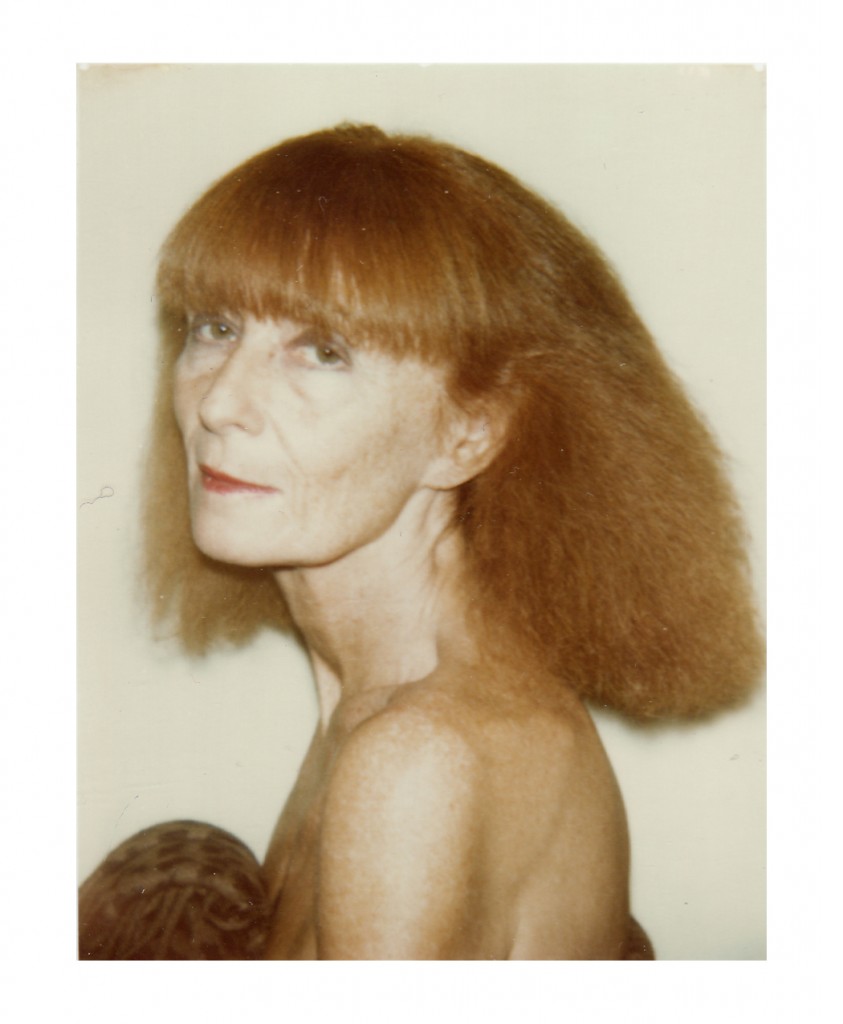ARTS & ENTERTAINMENT: ANDY WARHOL EXHIBIT REVIEW
Andy Warhol: POLAROIDS 1974-1987 Faces and Names
Long before the digital camera and Instagram there was the Polaroid instant camera. In the hands of John Q. Public, the Polaroid was a one-snap device that would typically be used to preserve the memory of special family occasions for future generations to cherish. In the hands o f pop culture icon Andy Warhol, the Polaroid was a canvas from which forth art would spring that would remain timeless and relevant decades and decades later.
f pop culture icon Andy Warhol, the Polaroid was a canvas from which forth art would spring that would remain timeless and relevant decades and decades later.
The collection of original Polaroid images presented in the current Faces and Names exhibit comprises only a small portion of the thousands of photographs by Andy Warhol, but it provides a visual time capsule of the fascinating individuals who frequented Warhol’s exclusive sanctuary – The Factory.
Though Warhol used most of the Polaroid portraits as a foundation for his famous silkscreen paintings and other finished prints, these “sketches” offer an understanding of the candid relationships that he had with the individuals captured by his camera.
 There is a clear sense of performance revealed in the multiple exposures that he made with some of his subjects that lends a touch of authenticity to the artificial, neutral backdrops. Whether the subject in the frame is a drag queen, businessman, child, or socialite, the resulting image reads as an artifact of the collaboration between Warhol and the personality in front of the lens. And oftentimes the results were uncanny: a curious mixture of Sears Portrait Studio and police mug shot (with a hint of boudoir photography).
There is a clear sense of performance revealed in the multiple exposures that he made with some of his subjects that lends a touch of authenticity to the artificial, neutral backdrops. Whether the subject in the frame is a drag queen, businessman, child, or socialite, the resulting image reads as an artifact of the collaboration between Warhol and the personality in front of the lens. And oftentimes the results were uncanny: a curious mixture of Sears Portrait Studio and police mug shot (with a hint of boudoir photography).
What makes these photographs particularly relevant today is the prescient nature of the images as they prefigure the common place practices of digital socialization in the new millennium.
It’s easy to imagine Warhol – the man who introduced the notion of “15 minutes of fame” into the American lexicon – as a savvy and early adopter of social media like Facebook and Twitter.  His obsessive image-overproduction courtesy of the Polaroid is, in fact, a predecessor of our society’s contemporary narcissistic compulsion to catalog every moment of our lives online.
His obsessive image-overproduction courtesy of the Polaroid is, in fact, a predecessor of our society’s contemporary narcissistic compulsion to catalog every moment of our lives online.
During the final stage of the interactive exhibit, each visitor himself becomes fully engaged as a patron of the museum shoots Polaroid portraits of the visitor with the same camera Warhol would have used. The magic cube releases a flash and minutes later, Faces and Names comes alive anew and fully immersed in the moment – just as Warhol would have wanted.
*All photographs in this exhibition were gifted by the Andy Warhol Foundation as part of the Photographic Legacy program.
For more information about Andy Warhol and the exhibit, please visit: www.warholfoundation.org
